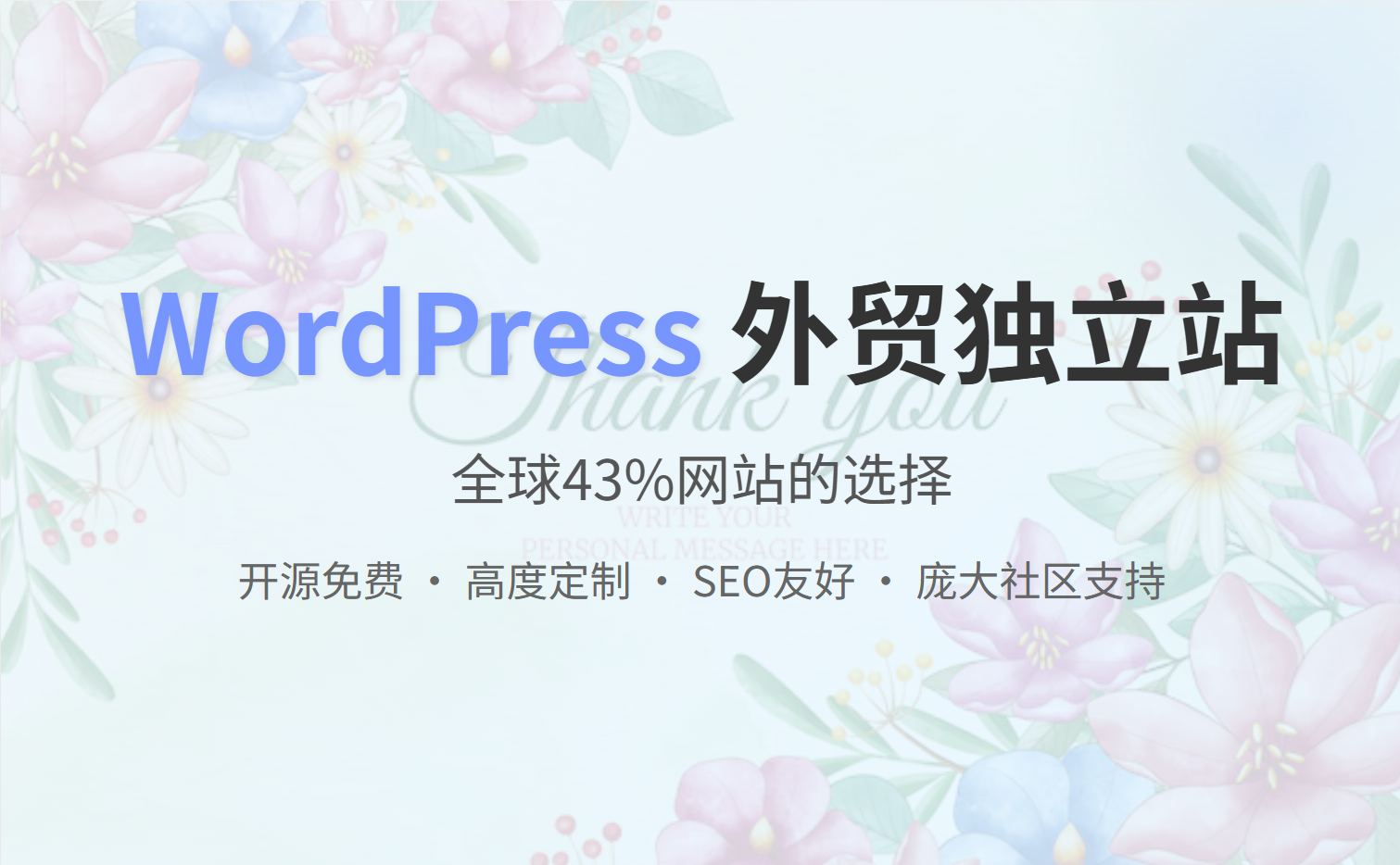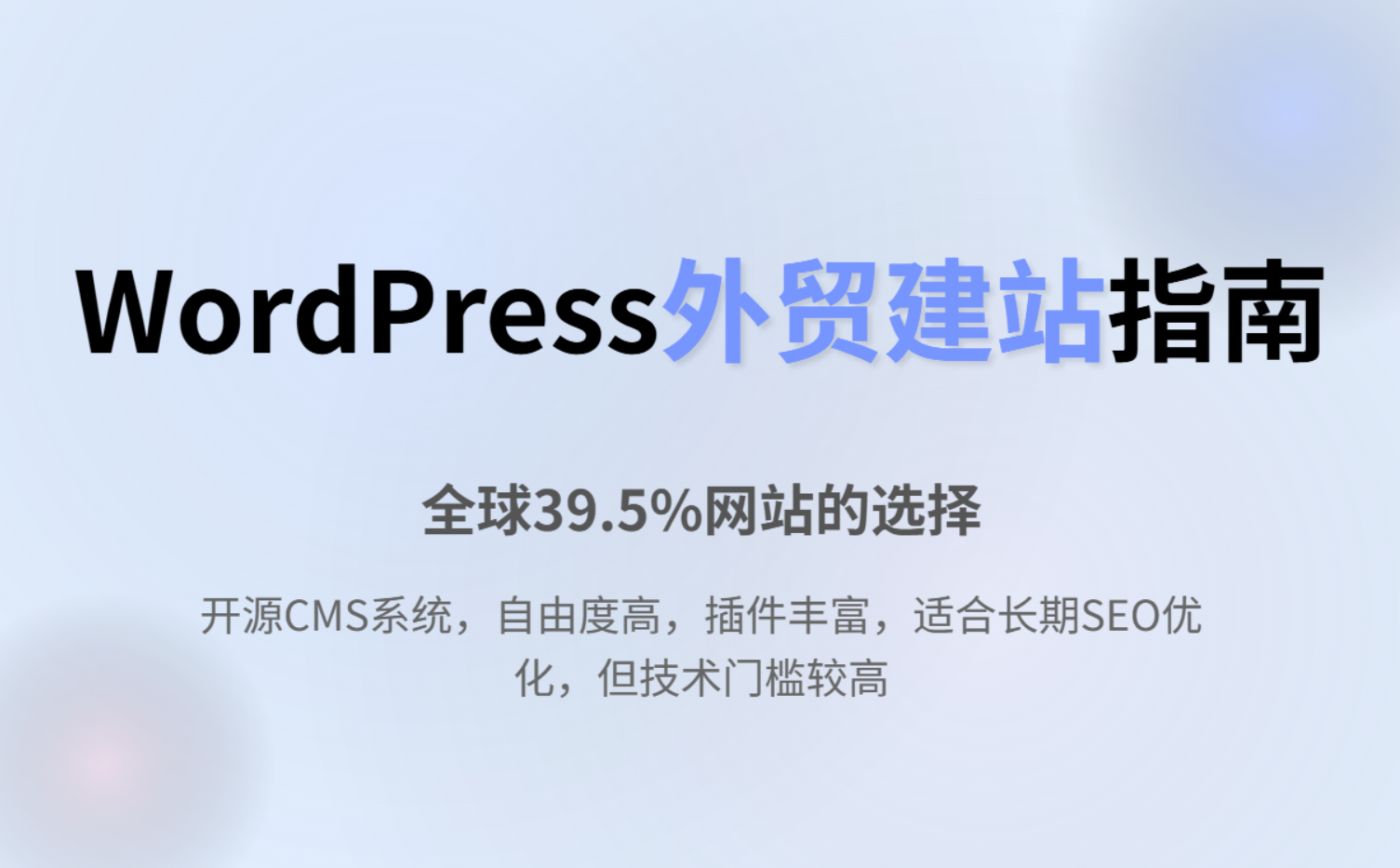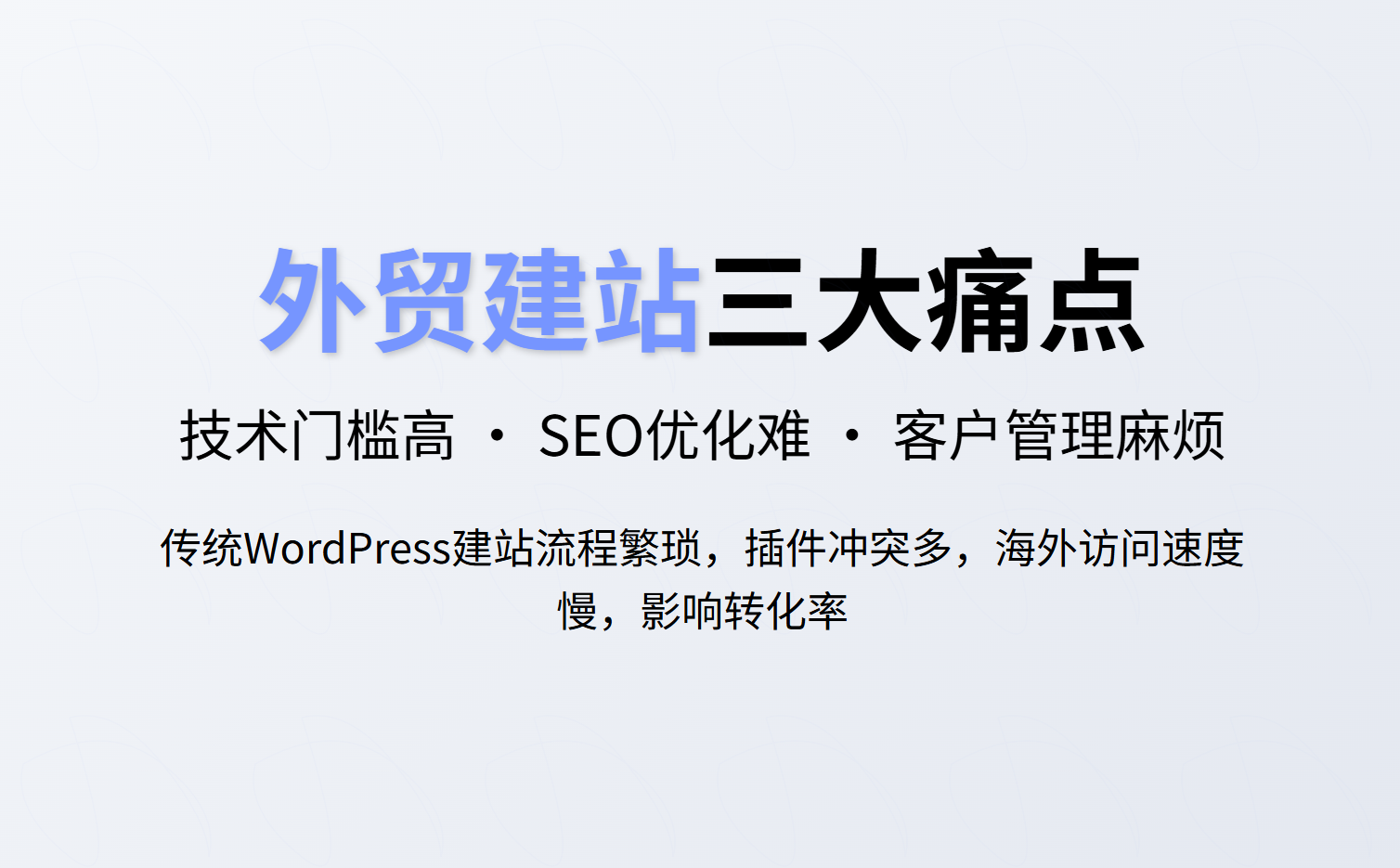
As you plan to expand your B2B business globally, you'll face the core challenges in global website building. Many B2B enterprises have already had their official websites, but when it comes to globalization, they often struggle with multi - language website construction and complex decentralized site management. In fact, according to industry data, about 70% of B2B buyers prefer to obtain information in their native language. This shows that a well - built multi - language website can significantly enhance your brand's influence in overseas markets, increasing your chances of attracting potential customers.

An AI - powered intelligent website building system can be your game - changer. It uses advanced algorithms to analyze the content of your original website. The technical logic behind it is to understand the semantics and context of your text and then translate it into eight major languages, including English, Russian, and Spanish, while ensuring that the translation fits the search habits of the target market.
Here are the execution steps: First, you need to upload your original website content to the intelligent website building system. Then, select the eight target languages. The system will start the AI - based translation process. In just a few minutes, you can get eight different language versions of your website. This not only saves you a lot of time but also reduces the cost of manual translation.

Managing multiple independent sites can be a nightmare. However, with the central console, you can easily manage multiple domain names and multi - language sites. It provides a unified interface where you can update content, adjust settings, and monitor the performance of all your sites.
For example, you can use the central console to publish a new product announcement on all eight language versions of your website simultaneously. This not only reduces the operational burden but also ensures consistency across different language sites. According to some statistics, enterprises using a unified management system can reduce their operational time by about 30%.
Cross - regional data aggregation analysis is a powerful tool. By collecting data from different language sites, you can understand the behavior and preferences of your target customers in different regions. For instance, you can analyze which keywords are more popular in the Russian market and which product descriptions are more appealing to Spanish - speaking customers.
This data can then be used to optimize your content strategy. You can adjust your product descriptions, keywords, and marketing campaigns based on the analysis results. This will help you improve the search rankings of your website and increase the conversion rate.

From planning your multi - language website to its long - term maintenance, there are some best practices you should follow. At the planning stage, you need to clearly define your target markets and the content strategy for each language version. During the construction process, ensure that the design and layout of your website are user - friendly and suitable for different devices.
For maintenance, regularly update your content, monitor the performance of your website, and make timely adjustments. You can also use case studies or screenshots to enhance the credibility and operability of your website building process. For example, showing the before - and - after screenshots of a website's SEO performance after using the intelligent website building system can give potential customers more confidence.
Now that you've learned about the whole process of multi - language website building, it's time to take action. Don't miss the opportunity to expand your global market share. Click here to start your multi - language website building journey and boost your overseas market promotion!
.png?x-oss-process=image/resize,h_100,m_lfit/format,webp)
.png?x-oss-process=image/resize,h_100,m_lfit/format,webp)

.png?x-oss-process=image/resize,h_100,m_lfit/format,webp)
.png?x-oss-process=image/resize,h_100,m_lfit/format,webp)
.png?x-oss-process=image/resize,h_100,m_lfit/format,webp)
.png?x-oss-process=image/resize,h_100,m_lfit/format,webp)
